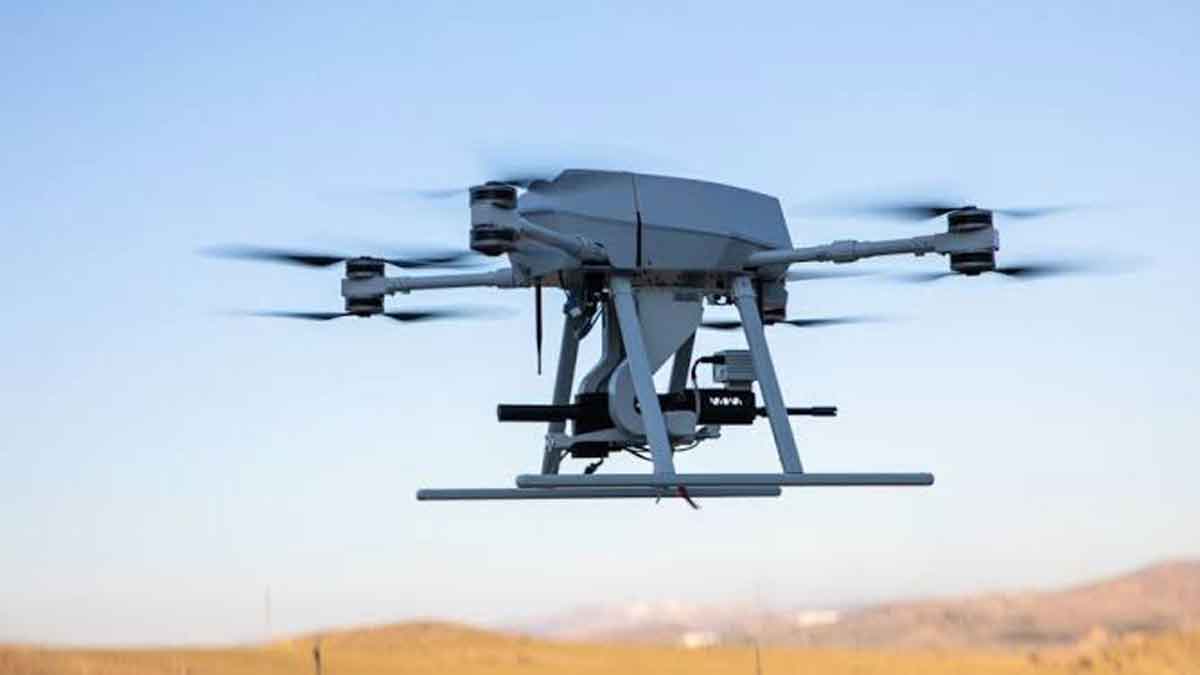Pakistan emulated Ukraine tactics? Why over 500 cheap, crude drones were used for attack

Pakistan may have tried to take a leaf out of the ongoing Russia-Ukraine conflict by prying more than 500 inexpensive and crude drones in several waves on the intervening night of May 8-9 across 36 locations in India, extending from Ladakh’s Leh in the north to Sir Creek in Gujarat in the south.
Russia has been employing cheap Iranian drones like the ‘Shahed’ in salvos to attack Ukrainian locations with the aim of draining out the West-supplied expensive air defence systems and missiles. This has huge cost-benefit implications that pinched Ukraine economically.
There may be many other reasons too why Pakistan resorted to the use of these crude drones.
Besides the effort to pinch economically by forcing India to expend expensive missiles and air defence ammunition at these cheap drone swarms, the Pakistani military may have wanted the Indian military to reveal its plans for countering air-space intrusions.
“It could also have been a demonstrative show that Indian air space can be intruded upon or there could have been a surveillance plan also,” an Indian military establishment source told THE WEEK.
Other locations where the Pakistani drones flew in to included Awantipura, Srinagar, Jammu, Pathankot, Amritsar, Kapurthala, Jalandhar, Ludhiana, Adampur, Bhatinda, Chandigarh, Nal, Phalodi, Uttarlai and Bhuj.
In a counterattack, the Indian military targeted Pakistan’s air defence radars on Thursday at a number of locations and destroyed the system in Lahore.
The source also said that the extensive drone attack was effectively thwarted by an alert Indian air defence system that combined ‘soft’ and ‘hard’ kills using DRDO’s homemade anti-drone electronic warfare capabilities to take out about 20 drones while L70, Zu23 and the Schilka air defence guns downed at least 50 of these drones.
Addressing a briefing on Friday, Colonel Sofiya Qureshi said: “These attacks were aimed at Indian military infrastructure and were supported by heavy-calibre shelling along the LoC,” “Many of the drones were successfully neutralised using advanced kinetic and non-kinetic technologies, including anti-drone systems,” she added.
The rest of the drones, guided by ‘mother’ drones, moved out of range of these guns and flew back to Pakistan.
The firing of the guns on these drones left streaks of light in the night sky leading to widespread panic among the people in a sweep of locations extending from north to west India.
“While about 1% of these drones would have been carrying explosive payloads, the rest were unarmed. The small-sized drones were very crude and can be bought off the shelf in local markets,” a military official said.
Forensic examination revealed that these drones were Songar drones manufactured by Turkey’s Asisguard.
India-Pakistani hostilities especially after the April 22 brutal gunning down of 26 men, mainly tourists, in Kashmir’s Pahalgam resulted in India launching Operation Sindoor on May 7 where 9 locations in Pakistan that acted as training centres and bases for Pakistan-backed terrorists belonging to various terror networks like the Lashkar-e-Toiba, the Jaoish-e-Muhammad and the Hizbul Mujaheedin.
Pakistan’s May 8-9 drone attacks were part of the retaliation by Islamabad.
Defence